A new report issued by clean energy think tank Climate Energy Finance (CEF) highlights key factors accelerating Australia’s electricity sector transition toward the achievable target of 82% renewable energy by 2030.
The report recommends, however, better policy, new investment and faster approvals are key to success for hitting the target, but outlines the pace of developments, particularly batteries as a reason to be confident.
Report Author and Climate Energy Finance Director Tim Buckley told pv magazine that 47.4% of the National Electricity Market (NEM) was powered by renewables in October 2024.
“We’re over half way there. Rystad have put their numbers out, which are included in our report, and those figures tell the story of what’s happened in 2024, which include the two projects that Lightsource bp announced this week,” Buckley said.
“Rystad’s numbers show renewable construction starting across Australia is more than 8.5 GW, which is 25% growth on last year, where last year was a nice big growth too, but you can see construction has started on 4.9 GW of batteries YTD 2024.”
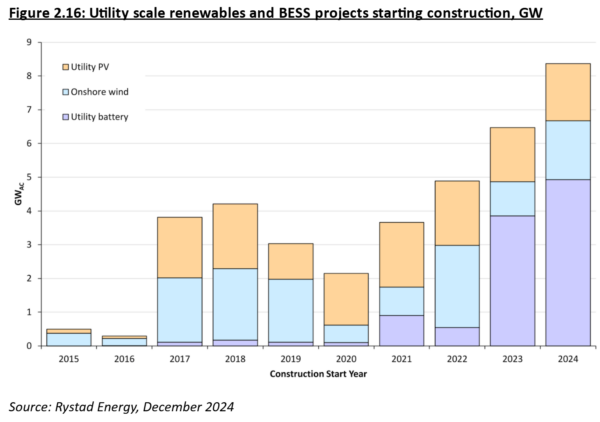
Image: Rystad Energy
Buckley added a new battery announcement seems to be coming down the pipeline almost every day and unlike Rystad’s figures which focus only on starting construction, the CEF report includes projects under construction, approvals, final investment decision, and completion.
“You can see on their data, there were ten times more batteries in 2023, than 2022, then we’ve got another 20-30% growth in 2024, and that to me, is gold,” Buckley said.
In November 2024, the Clean Energy Regulator also issued a report saying it expects Australia to average 45% renewables generated energy to the NEM in 2025.
“So, we’re on track to average 39% this year, that’s a 6% increase in one year and we’ve got another five years to go from 2025 to 2030, which means we’re going to get very close to 82% and with the Capacity Investment Scheme, my forecast is that we will just accelerate,” Buckley said.
This content is protected by copyright and may not be reused. If you want to cooperate with us and would like to reuse some of our content, please contact: editors@pv-magazine.com.
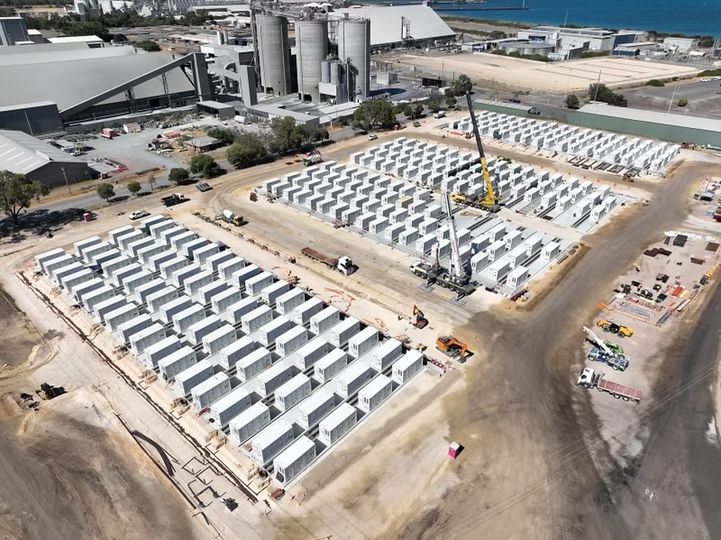
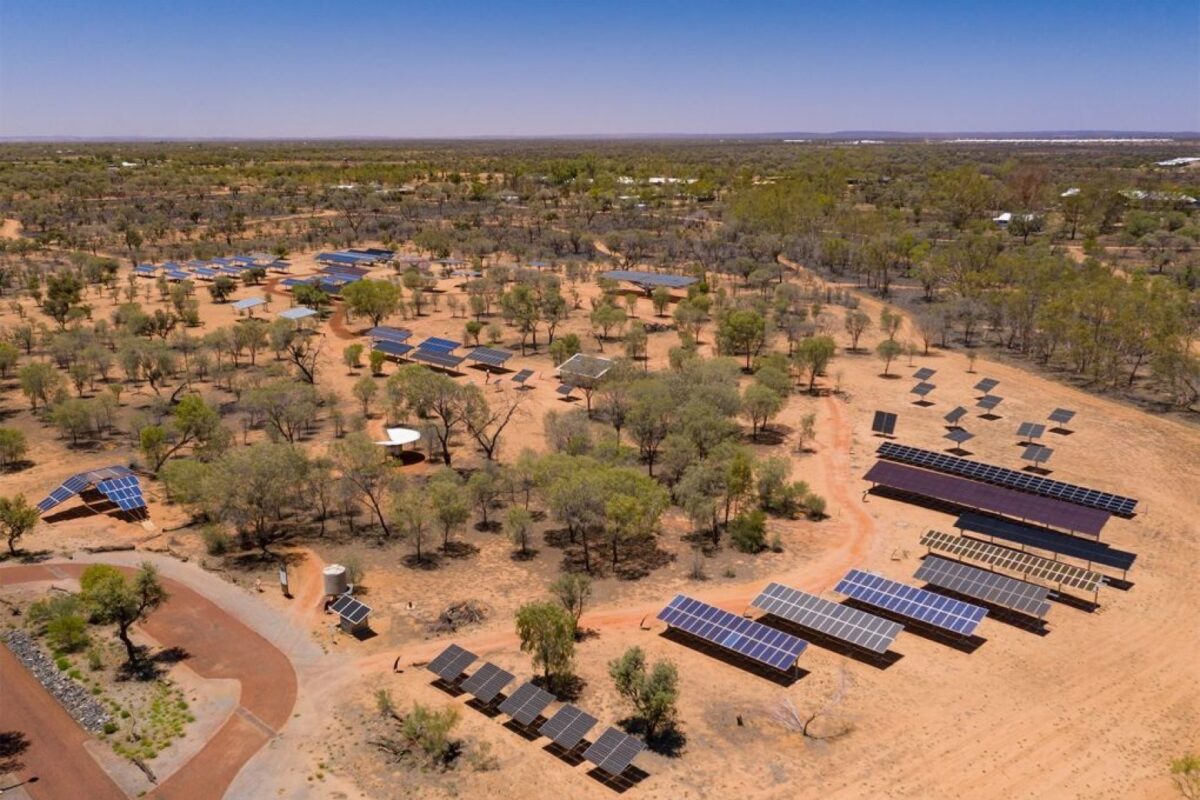

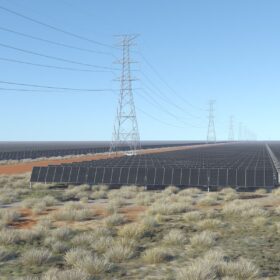
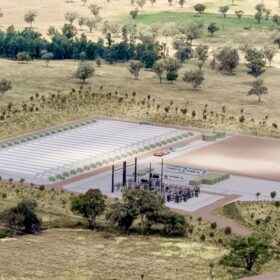

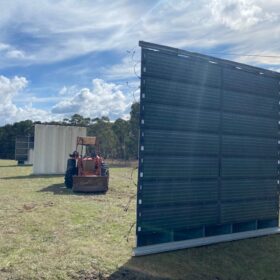
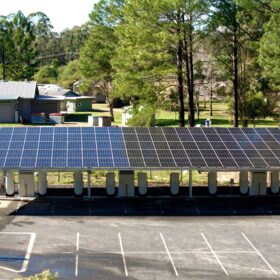
By submitting this form you agree to pv magazine using your data for the purposes of publishing your comment.
Your personal data will only be disclosed or otherwise transmitted to third parties for the purposes of spam filtering or if this is necessary for technical maintenance of the website. Any other transfer to third parties will not take place unless this is justified on the basis of applicable data protection regulations or if pv magazine is legally obliged to do so.
You may revoke this consent at any time with effect for the future, in which case your personal data will be deleted immediately. Otherwise, your data will be deleted if pv magazine has processed your request or the purpose of data storage is fulfilled.
Further information on data privacy can be found in our Data Protection Policy.